Environmental impact
Environmental impact
Environmental Impact
The term environmental impact refers to the effect that packaging has on the environment. This includes the entire lifecycle of the packaging, from production to disposal.
Production
During production, the materials used and the energy consumed can have a significant environmental impact. For example, plastic production often uses fossil fuels, which contribute to greenhouse gas emissions.
Usage
The way packaging is used also affects its environmental impact. Single-use packaging, for instance, tends to generate more waste compared to reusable options.
Disposal
Disposal methods like recycling, composting, or landfilling play a crucial role in the environmental impact of packaging. Proper disposal can reduce negative effects, while improper disposal can lead to pollution.
Reducing Environmental Impact
To minimize the environmental impact of packaging, companies can use sustainable materials, reduce packaging size, and encourage recycling. Consumers can also help by choosing products with eco-friendly packaging.
Blog Posts with the term: Environmental impact
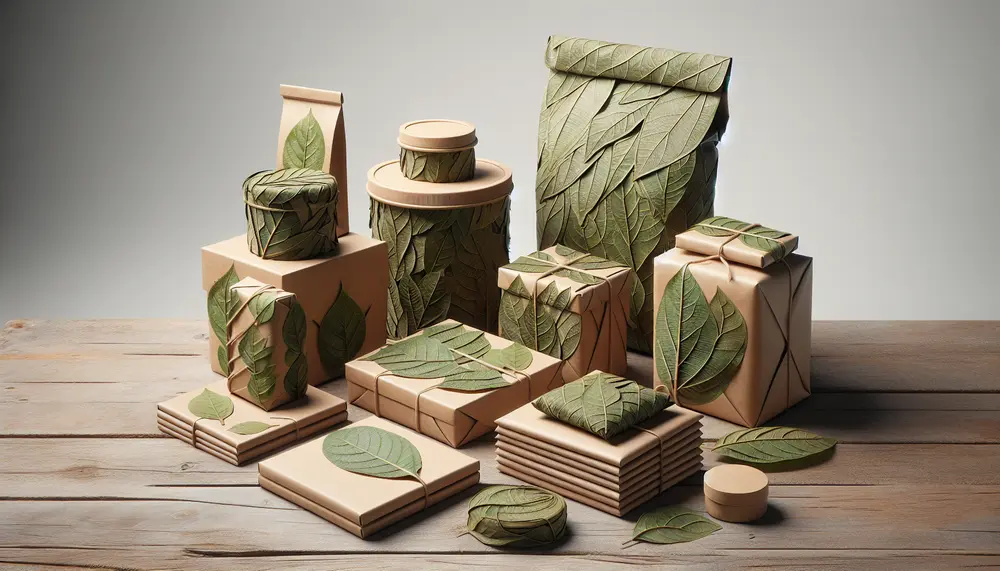
Leaf-based packaging materials are ancient practices re-emerging for modern sustainability, utilizing plant leaves as biodegradable and renewable solutions with minimal environmental impact. They reduce carbon emissions compared to plastic production, decompose rapidly without toxic residues, and align with circular economy...
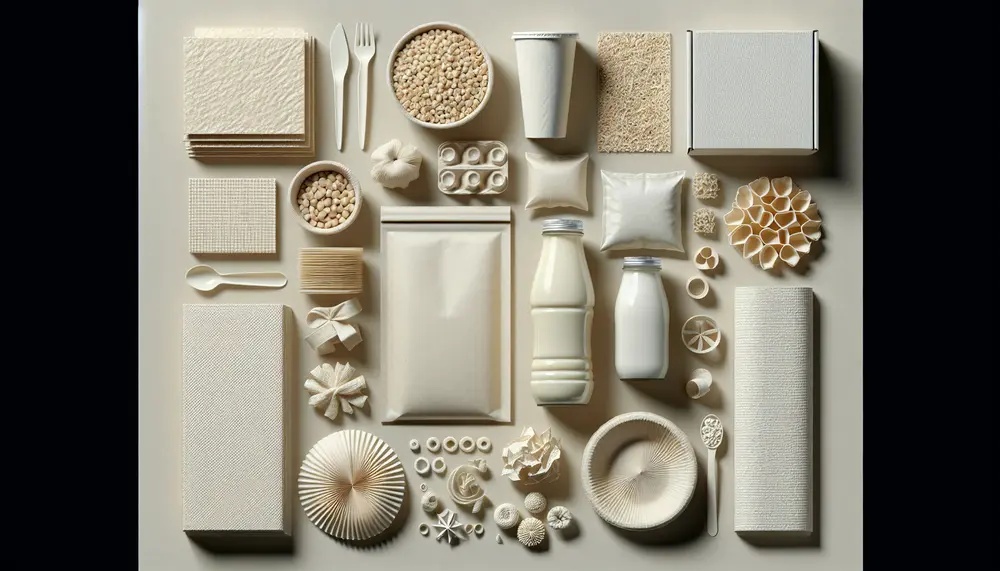
Cornstarch is a biodegradable, eco-friendly alternative to traditional packaging materials, offering similar functionalities with less environmental impact. It's used in various industries for products like containers and bags, reduces reliance on fossil fuels, and supports climate change efforts by emitting...
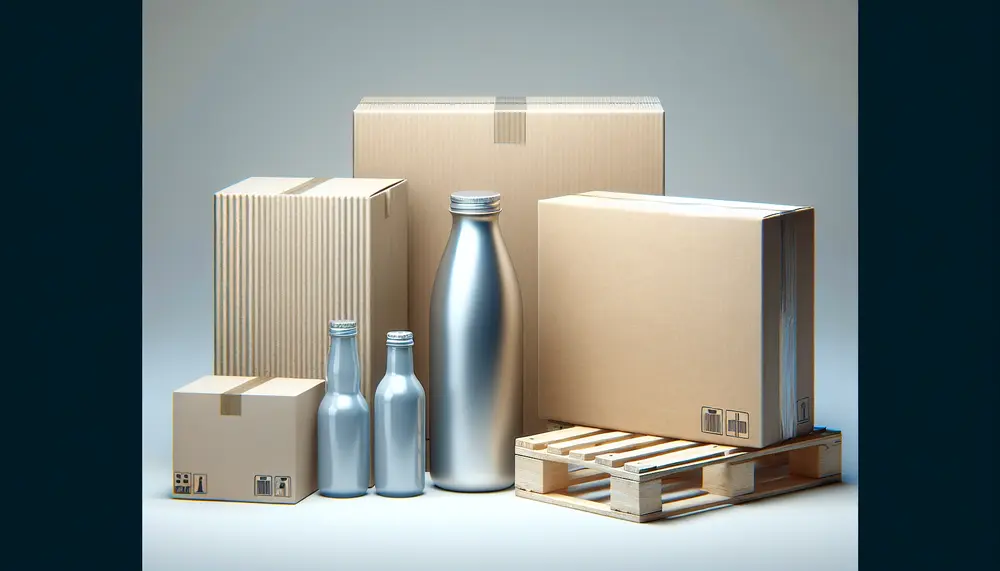
Packaging levels refer to the layers of packaging used from production to consumer, including primary (direct product contact), secondary (grouping and branding), and tertiary (bulk handling). Each level serves distinct purposes in protection, marketing, transportation, and regulatory compliance....
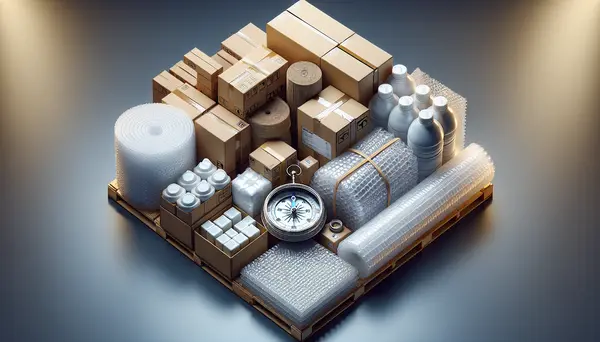
Packaging regulations are crucial for businesses involved in the manufacture, distribution or sale of packaged goods. They protect consumers and support fair competition by governing every aspect of packaging from design to label information. Compliance with these rules is essential...
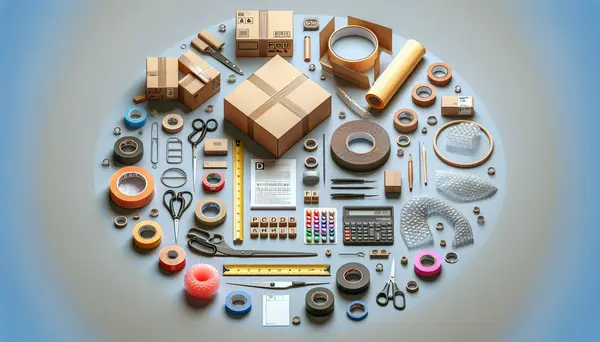
Packaging design is a process of creating exterior product protection and communication tool that encapsulate a brand's identity, conveys essential information about the product, and influences consumer purchasing decisions. Designers should prioritize clarity and simplicity, emphasize originality, ensure functionality, design...
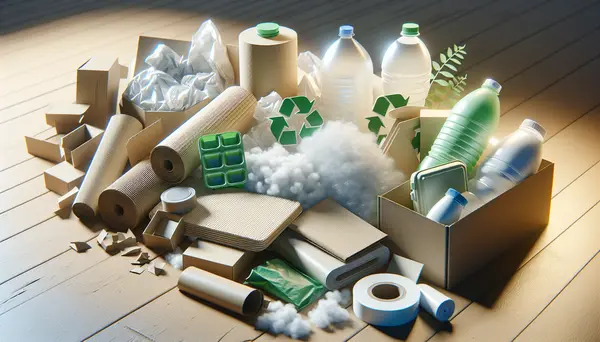
Sustainability in packaging design is a crucial issue that focuses on environmentally friendly practices and materials throughout the packaging process, with the goal of reducing environmental impact. It entails using the three Rs - reduce, reuse and recycle - to...

The Kenyan packaging market is valued at around $585 million, driven by sectors like agriculture and manufacturing which contribute to the GDP; growth in consumer demand has led to innovations such as small affordable packages and a shift towards sustainable...
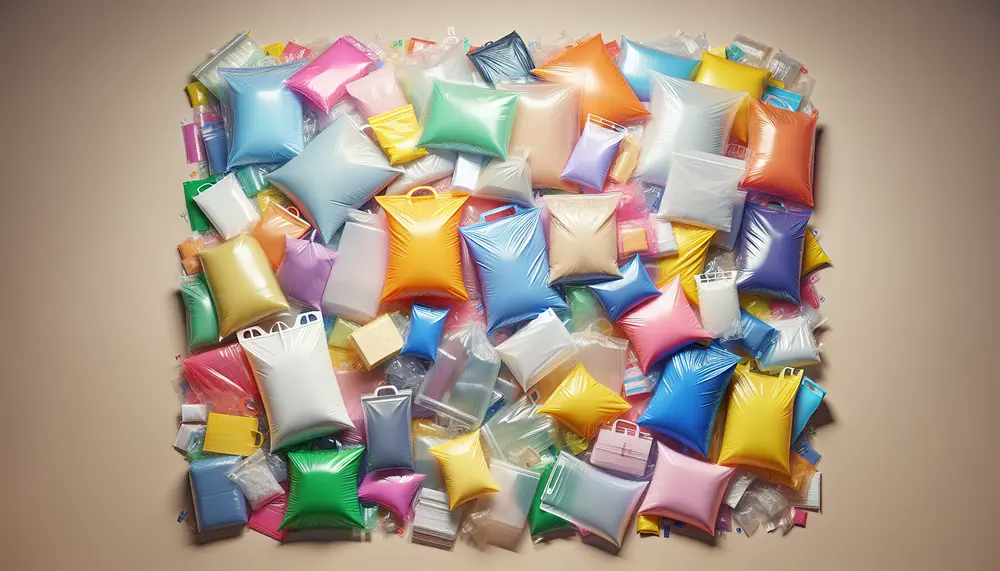
LDPE bags are versatile and durable packaging solutions made from Low-Density Polyethylene, suitable for a wide range of applications including food packaging, medical supplies, retail merchandise, industrial parts, and agricultural products. They offer benefits such as cost efficiency, protective qualities...

HDPE packaging is valued for its durability, lightweight nature, and resistance to environmental factors. It's versatile in shape and size customization, cost-effective during transport due to its light weight, and environmentally friendly as it's 100% recyclable. High-density polyethylene (HDPE) is a...
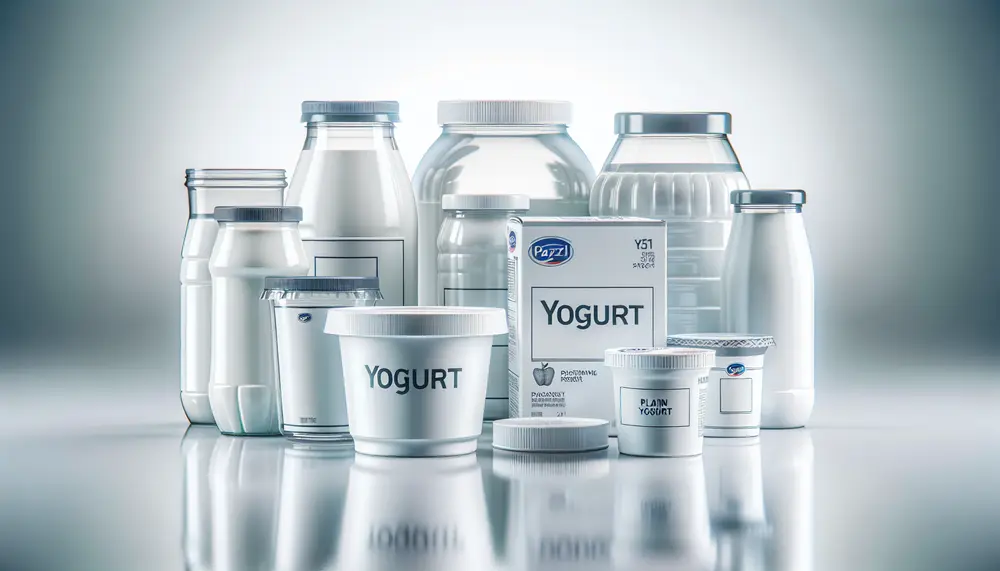
The article discusses the significance of yogurt packaging materials in preserving quality, extending shelf life, and marketing. It highlights various types of packaging like glass, plastic, composites, eco-friendly alternatives, and metal containers with their respective properties. Packaging choices for yogurt impact...
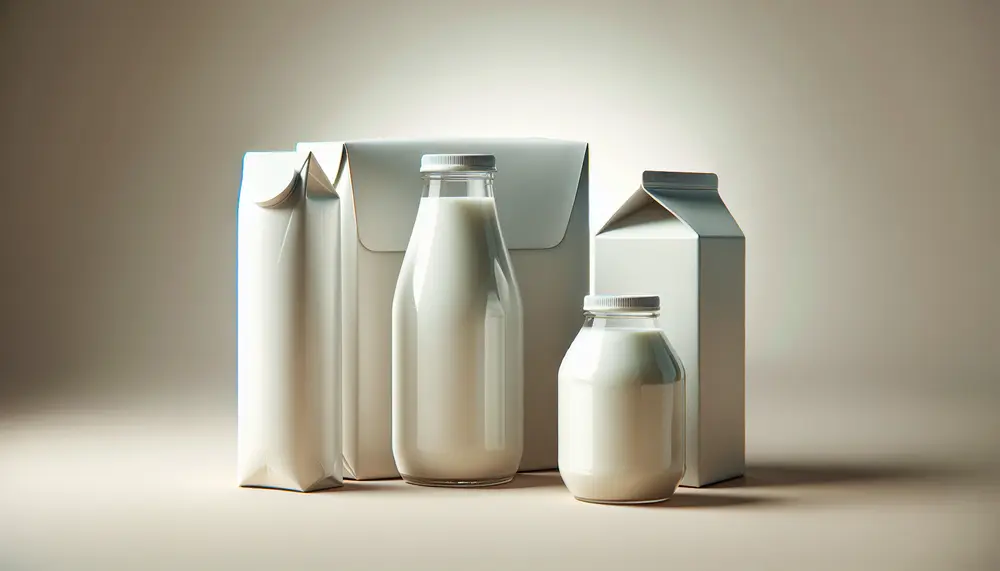
This article discusses the evolution and variety of milk packaging materials, highlighting their role in preserving milk's freshness, taste, and nutrition. It covers historical advancements from glass bottles to modern sustainable options, examining each material's benefits and drawbacks for consumers...
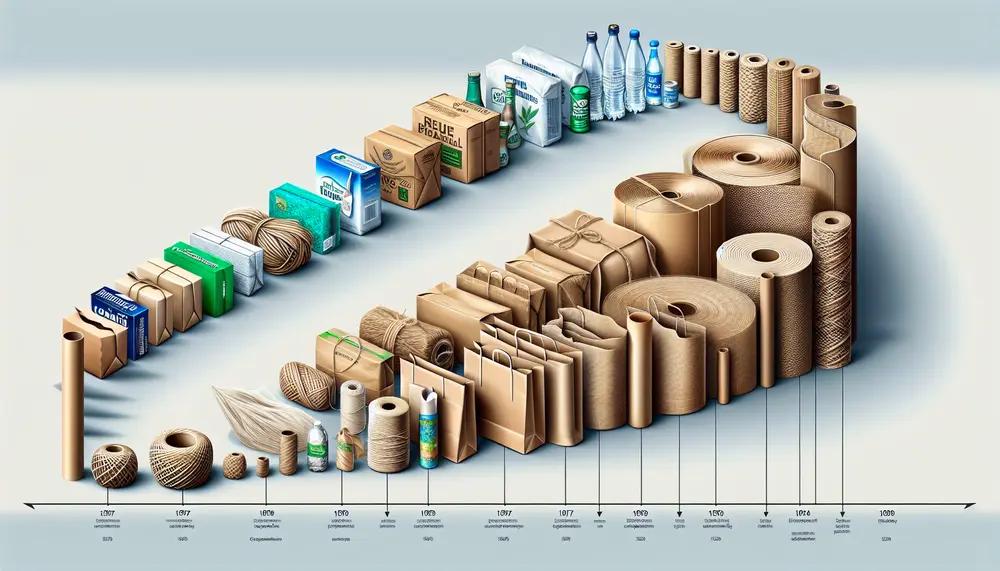
Packaging is a complex, engineered process for product protection, presentation, and preservation with functions including containment and information. It has evolved to incorporate user experience, environmental considerations, and technological advancements. Historically packaging materials have advanced from natural resources to modern lightweight...
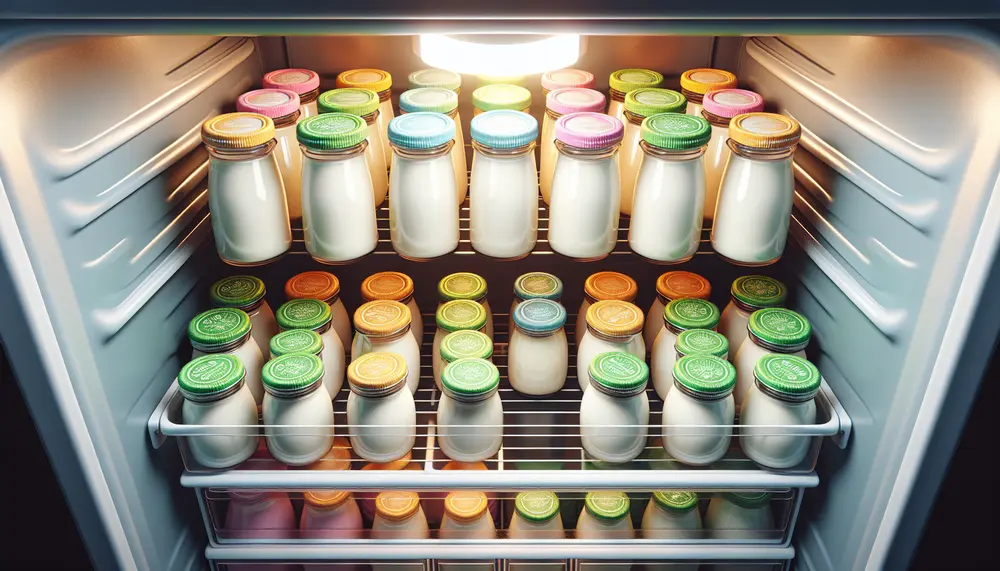
Yogurt packaging is essential for maintaining freshness, quality, and safety; it requires an effective barrier against oxygen and light, strength during transportation, regulatory compliance for food contact, and advanced sealing technology. Innovations in the market include smart features like freshness...
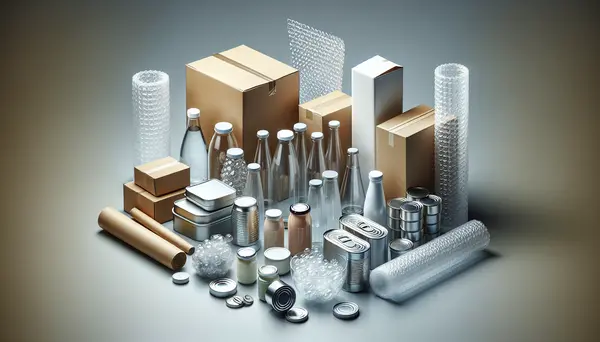
Packaging plays a crucial role in marketing, serving as the initial contact point between consumers and brands. It not only protects the product but also communicates its story, reflects brand identity, influences purchase decisions through design and functionality, attracts attention...

